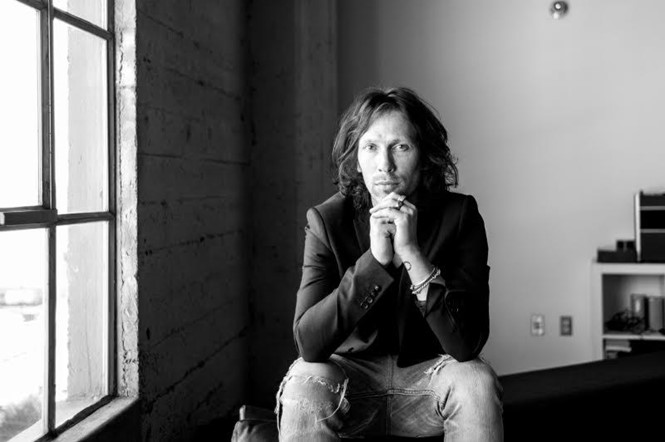Five minutes with Tino Schaedler

Tino Schaedler is chief design officer at Optimist, with experience with clients such as Google, Nike and Disney. He discusses branding and digital campaigns, and the importance of VR and immersive experiences in the digital age
Why do you think today’s brand scape is increasingly focused on experience and storytelling?
Brand experiences are an incredibly effective way to create a strong, emotional and personalised connection between the brand and the consumer. Storytelling makes the brand messaging relatable. And, because our lives are continuously taken over by digital, creating experiences with strong physical components allows brands to stand out both against and with the digital noise.
How do you weave experience into a brand campaign?
I think of brand campaigns in a holistic way, with various layers interweaving the physical and digital aspects. A good example is the Google Pop-Up Space we created to bring the brand to life in New York. The space was designed to allow consumers to explore the product features in a playful ‘Google-y’ kind of way. It became a hub for product engagement, but was also programmed with a wide range of brand experiences during its run, which allowed us to refresh and reinvent the space as we moved along. This project was an ideal brief, as it was challenging and fun at the same time.
How do you craft memorable digital experiences?
Digital experiences become most impactful when they expand beyond the mobile screen and begin to weave real world experience and digital together in an engaging and unexpected way. One recent example of a campaign we worked on that combined digital and experiential work was our activation with Uber Eats, at this year's SXSW. We leveraged existing consumer behaviour and used the Uber app to drive consumers to engage with the Uber Eats experience. It took over the city of Austin.
What is the secret to a successful film campaign?
I believe that all aspects of creative work are brand experiences. To make them successful, they have to provoke the person, engaging them to act or react in some capacity. Over the years, I have been involved on various sides of commercial, film and marketing productions, and I personally don’t think there is one single magic bullet when it comes to a successful film campaign. There are so many factors that make or break a film campaign, as it is a complex effort of people and skills. But if it all comes together, then a great film is like an amazing song; you want to experience it over and over again, and it lingers in your head for a while.
What are your thoughts on branding and virtual reality?
I am excited about VR and AR, as my background is in architecture (which is all about space), and feature film (which is all about storytelling). VR and AR present a perfect union of both: storytelling in a fully immersive spatial environment. A lot of the projects that have been created over the past years have helped shape and create a whole new set of cinematic and storytelling parameters. While technology still has some way to go, VR and AR both hold promise for an exciting new space to tell stories and create experiences beyond what we can’t yet imagine. Once we can use VR and AR seamlessly, our distinction of real and virtual, of physical and digital, will make way for an integrated definition of reality experience.
For more from Transform magazine, sign up for the Transform newsletter here and follow us on Twitter @Transformsays.












